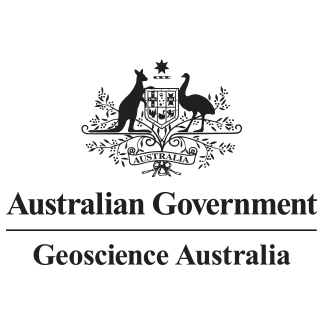Brief description
This OGC Web Feature Service (WFS) contains geospatial seabed morphology and geomorphology information for Flinders Reefs within the Coral Sea Marine Park and are intended for use by marine park managers, regulators, the general public and other stakeholders. This web service uses the data product published in McNeil et al. (2023); eCat Record 147998.Lineage
Statement: Underlying source bathymetric data were obtained from Beaman et al., 2020 (FK200429/GA4861), Brooke et al., 2020 (FK200802/GA0365) and the Australian Hydrographic Office. Morphology and geomorphology data layers were produced by applying semi-automated mapping tools to bathymetry digital elevation models (DEMs) in a GIS environment (ESRI ArcGIS Pro) using a two-step approach. In step 1, seabed morphology Features were defined by generating polygons around topographic high, low, and planar Features using the TPI (topographic position index) tool in GA-SaMMT (Geoscience Australia semi-automated morphology mapping tools: Huang et al., 2022). Where appropriate, manual editing was also employed to modify the polygon boundaries of some features. Features were then classified by computing a set of quantitative geometric attributes and applying published Morphology Features glossary terms (Dove et al., 2020) using the GA-SaMMT. It should be noted that features of a certain size threshold or height (determined by the horizontal and vertical resolution of the underlying bathymetry grid) may not be captured by the semi-automated mapping tools. In addition, features that fall outside of the optimal user-defined parameters for the input data are not captured in the output. In step 2, seabed geomorphology was interpreted by applying additional datasets and domain knowledge to inform the geomorphic characterisation of the seabed following Nanson et al., (2023). Where available, additional datasets include backscatter intensity data, seabed imagery (AUV and ROV), seabed samples, sub-bottom profiles and survey reports. Where a geomorphology classification has not been attributed, the following notation was applied: NA: Classification at this level is not appropriate/applicable to the Setting/Process, or the level of detail is out of scope and has not been attempted; Unknown: There is insufficient data available to determine a geomorphology classification for a mapped Morphology Feature. A full list of GIS layers that comprise this data product, and their descriptions, is included in the accompanying Data Product Specification. This WFS was created using the data products from the above process using the ArcGIS server platform.text: westlimit=147.17; southlimit=-17.95; eastlimit=148.70; northlimit=-16.52
Subjects
Geomorphology |
Geomorphology and Earth Surface Processes |
Mapping |
Morphology |
Parks Australia |
Published_External |
Seabed |
Spatial |
WFS |
oceans |
web service |
User Contributed Tags
Login to tag this record with meaningful keywords to make it easier to discover
Other Information
Seabed morphology and geomorphology of Flinders Reefs within the Coral Sea Marine Park, north-eastern Australia, Version 1 WFS
Identifiers
- URI : services.ga.gov.au/gis/services/Coral_Sea_MP_Flinders_Reefs_Seabed_Morphology_and_Geomorphology/MapServer/WFSServer

- global : c341b29a-44fe-4acf-aa40-9c962c686bc2

